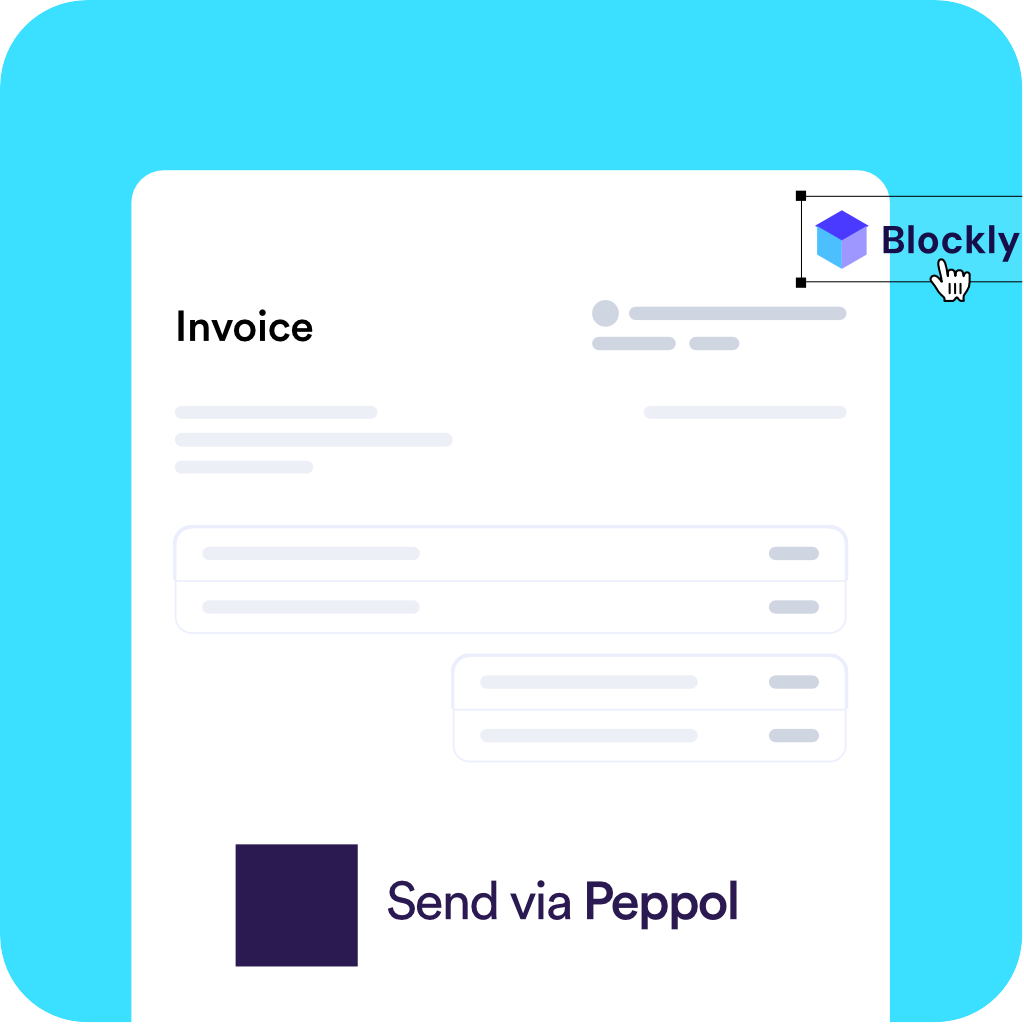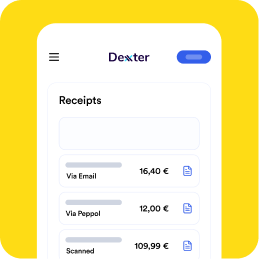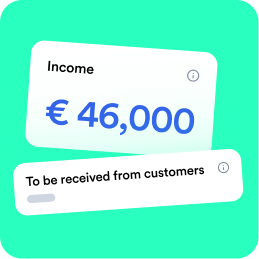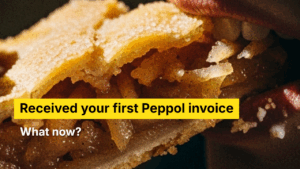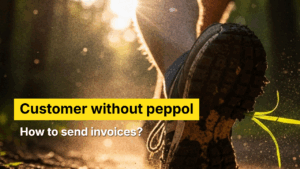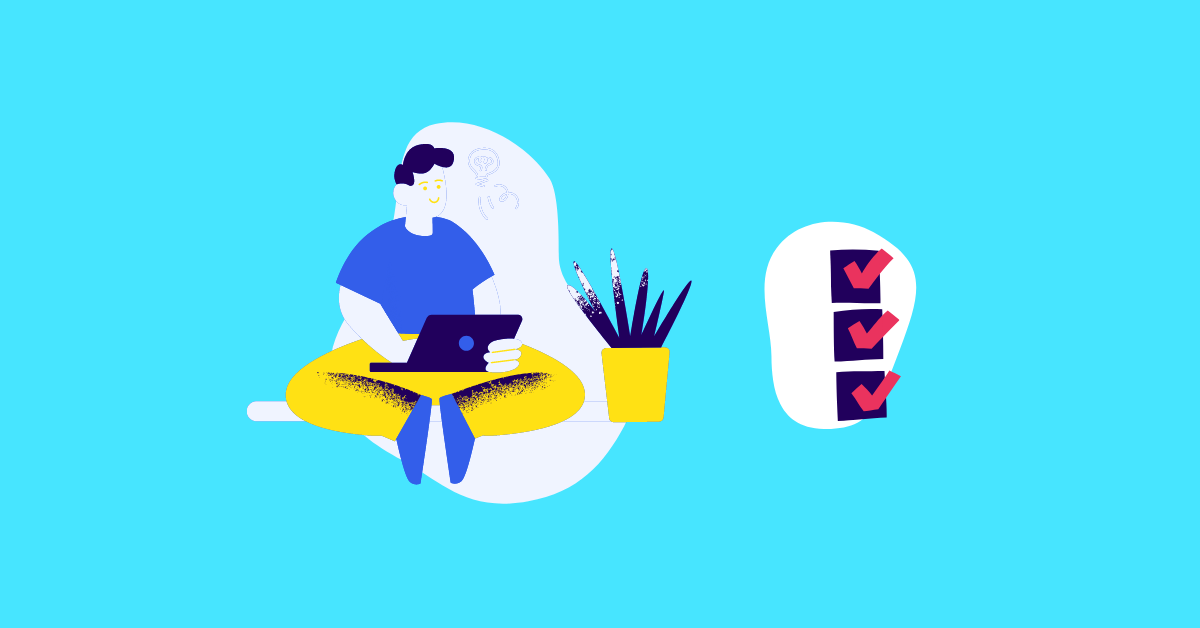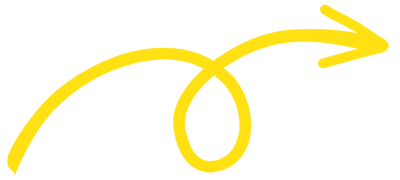As an entrepreneur subject to VAT, in Belgium you have to charge VAT on the products and services you sell. Apart from some exceptions, VAT is part of being a business owner.
The 21% VAT rate counts as the most general one, but for some goods and services other VAT rates may apply, such as 6 or 12%.
Depending on the services or products you sell, you need to take into account different VAT rates. It will be the products or services you sell that determine your VAT rate. So your VAT rate does not depend on your customer!
What VAT rates are there?
21% – the default category
On most products and services, a 21% VAT rate must be charged. In other words, this is the standard VAT rate. If the product or service you sell does not explicitly qualify for an exception (6% or 12%), you must apply 21% VAT to it.
12% – meals and some exceptions
A 12% VAT is to be paid on meals sold and consumed on site. In contrast, if the meal is a takeaway (and therefore not consumed on site) then a 6% VAT rate applies, see below for the 6% list.
Drinks that are to be collected are also at 6%, but for drinks consumed on site 21% VAT applies.
The following is a list of other products and services that also qualify for the 12% VAT exception:
- restaurant and catering services (excluding the provision of beverages and the simple delivery of prepared meals and beverages)
- coal
- tires for agricultural machinery and tractors
- phytopharmaceutical products
- supply of social housing
- margarine
6% for basic goods
A long list of goods and services that are considered necessities are covered by the 6% VAT rate.
In the food sector, this applies to basic ingredients: meat and fish, dairy products, fruits and vegetables, fats & oil and takeaway meals. Medicines, transportation, hotels, culture, flowers, plants and bicycle and shoe repairs are also subject to the 6% VAT rate.
Here is the complete list of products & services to which you must apply 6% VAT:
- live animals, meat and offal, fish, crustaceans, shellfish and mollusks (excluding caviar, langoustine, crabs, lobsters, crayfish, oysters and food prepared with them)
- milk and dairy products, eggs, honey
- vegetables, plants, roots and tubers for food purposes, fruits, peel of citrus fruits and of melons
- plant-based products
- products of the milling industry, malt, starch
- fats and oils
- other foodstuffs (including basic beverage products) (excluding beers with an actual alcoholic strength by volume greater than 0.5% and other beverages with an actual alcoholic strength by volume greater than 1.2%)
- food for animals, fertilizers, animal-based products
- ordinary natural water (through distribution, supplied by piping)
- pharmaceutical products
- magazines and books
- original works of art, collectors’ items, antiques
- passenger cars for transporting the disabled, parts, equipment and accessories for these vehicles
- coffins
- orthopedic appliances and carriages for disabled persons
- agricultural services
- passenger transport
- cultural, sports and entertainment facilities
- copyrights, performance of concerts and shows
- hotels and campsites
- construction works related to private residences older than 5 years (subject to conditions)
- floriculture and ornamental horticulture
- bicycle repairs
- repairs of footwear and leather goods
- repairs and alterations to clothing and household linen
What if I have to charge different rates?
For example, suppose you are a garden contractor selling plants and you are also going to plant them on site, then you may apply two VAT rates.
The price of the plants is at 6% VAT and your services are at 21% VAT. You may indeed prepare one sales invoice, but simply with a split between the plants and the services.
Note: It is not mandatory to make a split, but then the highest VAT rate will apply to the total price!
An invoice with 0% VAT, help?
No worries, there are a lot of reasons why a business owner may issue a correct invoice and still charge 0% VAT.
VAT exemption scheme for small businesses
Belgian entrepreneurs can make use of the VAT exemption scheme, a choice they can make if their turnover remains limited on an annual basis.
This makes them entirely justified in charging a 0% VAT rate on their sales invoices. The flip side of the coin is that, of course, these entrepreneurs are not allowed to recover VAT on their purchases.
Would you like to know more about this VAT exemption scheme? Find out the difference between subject to VAT and exempted from VAT here.
VAT reverse charge
This is another system where a 0% VAT rate is charged. It is a regime applied between entrepreneurs subject to VAT.
The VAT reverse charge frequently occurs in the construction sector on the one hand, and on the other hand also when invoicing between European companies subject to VAT.
Discover all about the VAT reverse charge here!

Would you like to know more from this vAT exemption scheme?
Find out the difference between subject to VAT or exempted from VAT here.
Dexxter makes it easy for you!
Dexxter is the accounting tool for Belgian sole proprietorships who want to take control of their own accounting!
Start your free trial today. For 30 days all our functionalities will be available for free, so you can explore everything. Discover among others the learning center full of videos, articles and useful content to support you in your business.
Do you have any more specific questions? That’s perfectly normal, so do many of your fellow entrepreneurs, by the way!
That’s precisely why we also built a community in Dexxter. It’s a place in the application where entrepreneurs can ask questions and get answers from other entrepreneurs. Sparring together, in other words, to come up with solutions.
You are not alone as a (starting) self-employed person, let that be clear!

